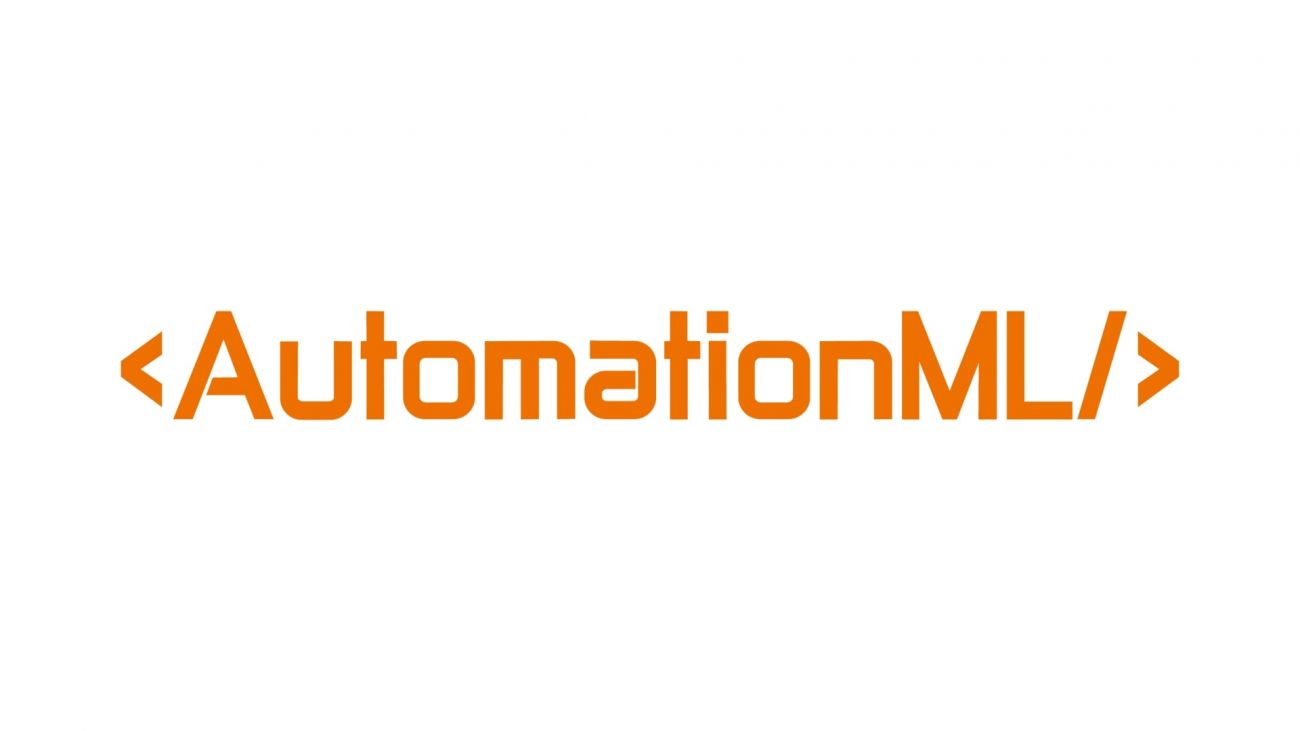
AutomationML is a standard published by the International Electronic Commission2 (IEC) for the exchange of information between automation engineering tools, released as IEC 62714. The focus of AutomationML so far has been in the description of the shop floor, i.e. the definition of machines, their terminals and communication links, and how they are all wired together. Geometric and kinematic information can be linked to AutomationML objects through the Collaborative Design Activity3 (COLLADA) file format, which is also XML based. Logic descriptions for the programming of automated machines can be referenced through documents stored in the PLCopen4 XML data format. AutomationML introduces a distributed document architecture where different documents can be linked together from a central AutomationML document.
In a fully integrated system, business and manufacturing functions are aligned in order to foster an efficient data flow. For the data exchange between Enterprise Resource Planning (ERP) systems and Manufacturing Execution Systems (MES) a data standard has been specified in the IEC 62264 series, based on a standard that has been standardized by the American National Standards Institute (ANSI) and the International Society of Automation6 (ISA): ANSI/ISA-95. A complete XML implementation of IEC 62264 has been published as the Business To Manufacturing Markup Language (B2MML) by the Manufacturing Enterprise Solutions Association (MESA) International.
After IEC 62264 enables the linking of the business layer (ERP and supply chain management) to the manufacturing layer, linking objects from AutomationML to elements of IEC 62264 further fosters the integration of manufacturing layers.